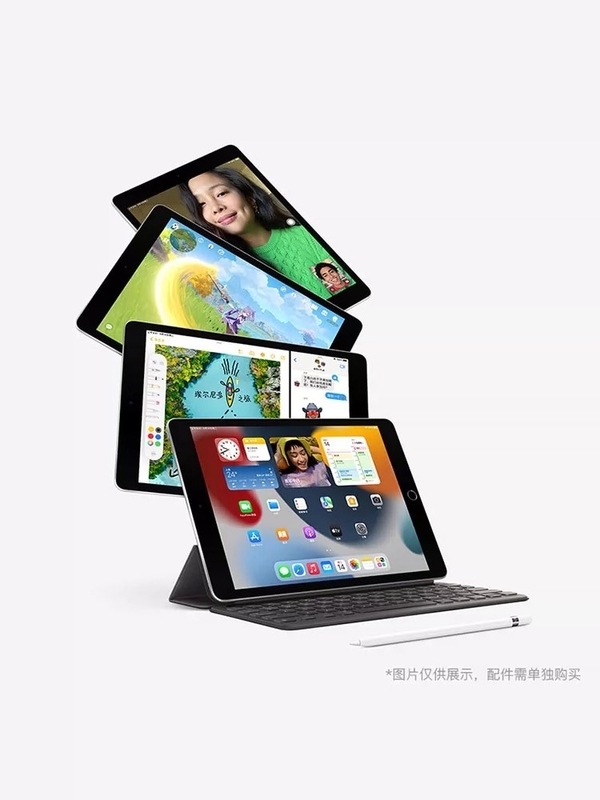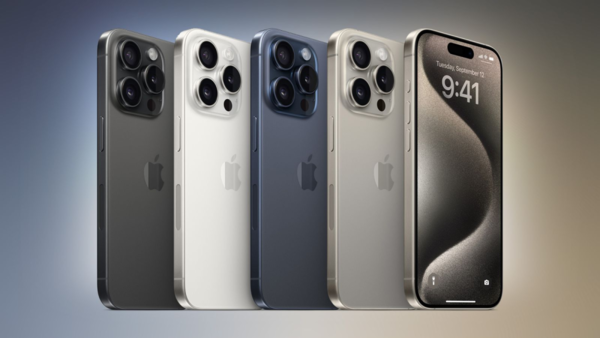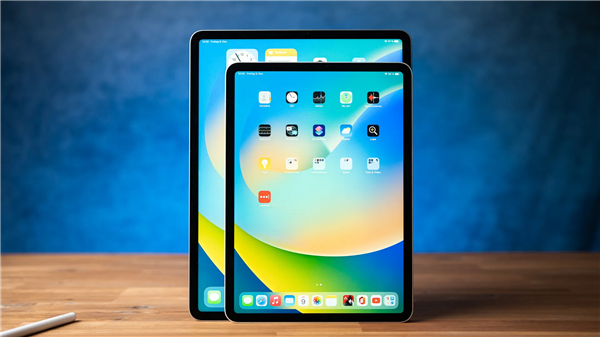
In the evolution of the smartphone industry, every technological innovation is accompanied by profound changes in user experience.
In recent years, the cancellation of Apple’s iPhone Home button has undoubtedly become a key node in this change. With the rise of full-screen technology, the once iconic home button design has gradually been replaced, triggering extensive discussion and reflection among users.
In particular, Apple launched the new iPad Pro/Air tablets in its latest conference, and the last iPad 9 with a physical home button was removed from the shelves, which once again aroused heated discussion among users.

The Home button, as an iconic design on smartphones, can be traced back to the first-generation iPhone released by Apple in 2007. At that time, the Home button simplified mobile phone operations with its intuitive and easy-to-use features. Users could return to the main interface with just one click. It quickly became an important bridge for users to interact with their mobile phones, and won market recognition.
Subsequently, the home button gradually became a standard feature of smartphones, and major manufacturers followed suit and launched unique home button designs. However, as users make full use of screen space and pursue the ultimate visual experience, the continuous development of full-screen technology has promoted innovation in mobile phone design, making the home button gradually lose its meaning.
Full-screen mobile phones have attracted the attention of more and more consumers with their higher screen-to-body ratio and better visual experience. The full screen replaces the Home button function by using advanced touch technology and gesture operations.
Although full-screen mobile phones have brought significant improvements in visual effects and operational convenience, for those users who are accustomed to Home button operation, this change undoubtedly brings no small challenges.
For these users, they are not only accustomed to operating through the Home button, they even regard it as the soul of the mobile phone. The cancellation of the Home button means they need to adapt to a new gesture operation method.
From multitasking switching on the bottom bar to gestures for quickly returning to the main interface, these new operating habits take a certain amount of time to learn and adapt to. Especially for older users or users who are not very good at using new technologies, this change may cause some trouble; the cancellation of the Home button also affects the way to unlock the phone. The traditional Home button is combined with Touch ID fingerprint recognition. The technology provides users with a fast and convenient unlocking, payment and identification experience.

#But the emergence of full-screen mobile phones has also brought a new experience to users. A higher screen-to-body ratio makes mobile phones more immersive in entertainment scenes such as watching movies and games, providing users with a better visual enjoyment. At the same time, full-screen mobile phones also promote innovation in mobile phone design, making the appearance of mobile phones more concise and integrated.
But if there are advantages, there will definitely be some potential problems. The full screen adopts alternatives such as Face ID facial recognition technology or side fingerprint recognition technology. Although these new technologies can also achieve quick unlocking, sometimes there are obstructions on the face or other external reasons that can easily lead to recognition errors. You need to manually enter a password to unlock, which turns out to be a troublesome way to unlock faster and more conveniently. Moreover, after the face recognition unlock fails many times, the phone may be locked, and you need to wait for a while before you can continue to unlock it with Face ID or password.

Since the screen occupies most of the phone's area, the frame becomes narrower, which makes the phone more susceptible to damage when dropped, and the cost of repairing the screen is relatively high. High; the touch experience may also be affected, especially the touch on the edges and corners of the screen may not be so sensitive. These problems require users to pay attention during use.
From a broader perspective, the cancellation of the home button and the rise of full-screen displays are inevitable trends in the development and progress of the smartphone industry, and are also a common choice between technological progress and market demand. This change not only promotes innovation in mobile phone design, but also prompts users and mobile phone manufacturers to re-examine and explore new ways of operating mobile phones.

The above is the detailed content of The era of the home button is over! Once an iconic design from Apple. For more information, please follow other related articles on the PHP Chinese website!
 What does Apple LTE network mean?
What does Apple LTE network mean?
 The role of Apple's Do Not Disturb mode
The role of Apple's Do Not Disturb mode
 How to solve the problem that Apple cannot download more than 200 files
How to solve the problem that Apple cannot download more than 200 files
 ipad games have no sound
ipad games have no sound
 What should I do if my iPad cannot be charged?
What should I do if my iPad cannot be charged?
 How to open html files on ipad
How to open html files on ipad
 What are the methods of executing Shell scripts?
What are the methods of executing Shell scripts?
 How to remove the watermark of Douyin account from downloaded videos from Douyin
How to remove the watermark of Douyin account from downloaded videos from Douyin




